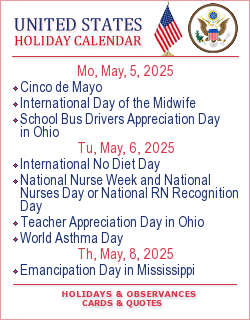Although women make up 48 percent of the U.S. workforce, they comprise only 24 percent of the Science, Technology, Engineering and Mathematics (STEM) workforce. There’s no doubt that STEM is a rapidly growing field. The U.S. Department of Labor estimates that by 2018, there will be at least 2.4 million jobs in STEM-related fields. While the U.S. lags behind in STEM fields, ranking 25th in math and 17th in science among international peers, the trick is getting students interested and excited about STEM. According to a 2011 Microsoft STEM survey, the key is letting STEM engagement begin early on in a student’s life.
Gender equality has always been a core issue for the United Nations. Science and gender equality are both vital for the achievement of the internationally agreed development goals, including the 2030 Agenda for Sustainable Development. Over the past 15 years, the global community has made a lot of effort in inspiring and engaging women and girls in science. Unfortunately, women and girls continued to be excluded from participating fully in science. According to a study conducted in 14 countries, the probability for female students of graduating with a Bachelor’s degree, Master’s degree and Doctor’s degree in science-related field are 18%, 8% and 2% respectively, while the percentages of male students are 37%, 18% and 6%.
On 15 December 2015, the General Assembly adopted the resolution A/RES/70/212 (draft A/70/474/Add.2), deciding to proclaim 11 February of each year of the International Day of Women and Girls in Science. The United Nations invites all Member States, all organizations and bodies of the United Nations system and other international and regional organizations, the private sector and academia, as well as civil society, including non-governmental organizations and individuals, to observe the International Day of Women and Girls in Science in an appropriate manner, including through education and public awareness-raising activities, in order to promote the full and equal participation of women and girls in education, training, employment and decision-making processes in the sciences, eliminate all discrimination against women, including in the field of education and employment, and overcome legal, economic, social and cultural barriers thereto by, inter alia, encouraging the development of science education policies and programming, including school curricula, as appropriate, to encourage greater participation of women and girls, promote career development for women in science and recognize the achievements of women in science.
Facts to Know about Women and STEM:
Girls need to believe that academic abilities improve with hard work and effort. A 2007 Institute of Education Sciences Practice Guide recommended teachers use growth mindset theory to redress the stereotype that their male counterparts are more suited for STEM fields.
Role models work. Astronaut Sally Ride, fossil hunter Mary Anning, geneticist Barbara McClintock, scientist Rosalind Franklin, mathematician Ada Lovelace, Fields Medal winner Maryam Mirzakhani– there are many choices.
Calculus can make a difference. Girls who take calculus in high school are three times more likely to major in a science or engineering field than those who do not.
Source: reasoningmind.org | un.org



